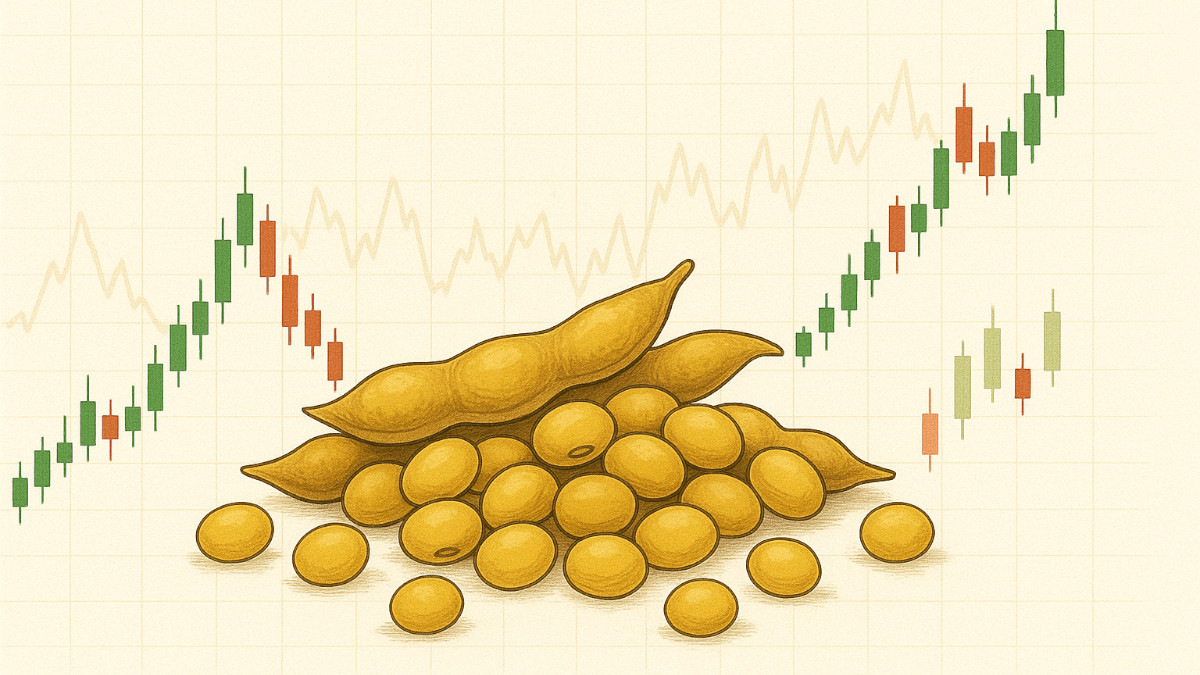- Analytics
- Trading News
- Soybeans Price Analysis - Trends and Drivers
Soybeans Price Analysis - Trends and Drivers

Soybeans have experienced significant price fluctuations over the past decades. From the 1970s through the early 2000s, soybean prices averaged around $5.98 per bushel. However, since 2006, prices have risen to an average of approximately $11.00 per bushel, influenced by increased biofuel demand and export growth.
In 2025, soybean prices have shown volatility; on October 17, 2025, soybean futures rose to $10.1950 per bushel, marking a slight increase from previous days. However, the USDA projects the 2025/26 season-average price at $10.00 per bushel, down from the peak of $14.20 in 2022.
Soybeans Price Key Drivers
1. Global Supply and Demand
Increased production in major exporting countries like the U.S., Brazil, and Argentina has contributed to higher global supplies, exerting downward pressure on prices. Conversely, strong demand from countries like China can drive prices up, as seen in the past.
2. Trade Policies and Relations
Trade tensions between the U.S. and China have significantly impacted soybean prices. China's imposition of a 34% tariff on U.S. soybeans in 2025 led to a sharp decline in prices, as China shifted to alternative suppliers like Brazil and Argentina.
3. Biofuel Demand
The expansion of biofuel production has increased demand for soybean oil, a key feedstock. In 2025, the USDA projected a record 15.5 billion pounds of soybean oil use in biofuels, contributing to higher domestic processing levels and influencing price dynamics.
4. Climate and Weather Events
Adverse weather conditions, such as droughts or floods, can disrupt production and supply chains, leading to price volatility. Additionally, climate change poses long-term risks to soybean yields, potentially affecting future price trends.
Bottom Line Is
Soybean prices are expected to remain influenced by the interplay of supply and demand, trade policies, biofuel demand, and climate factors. Analysts suggest that while short-term fluctuations are likely, the long-term trend may stabilize as markets adjust to these variables. USDA's projection of a slight decline in soybean prices for the 2025/26 season indicates a potential return to more normalized pricing levels.







